15 years one-stop China custom CNC machining parts factory

Hey there I’m VMT Sam!
With 25 years of CNC machining experience we are committed to helping clients overcome 10000 complex part-processing challenges all to contribute to a better life through intelligent manufacturing. Contact us now
 98 |
Published by VMT at Jan 23 2024
98 |
Published by VMT at Jan 23 2024
Introduction:
In today's manufacturing industry, aluminum shell CNC machined parts are widely used in various products such as electronic devices and automotive components. As market competition intensifies, improving the quality and performance of aluminum parts has become a goal for companies. This article explores how to optimize the CNC machining process for aluminum shell parts to enhance their quality and performance.
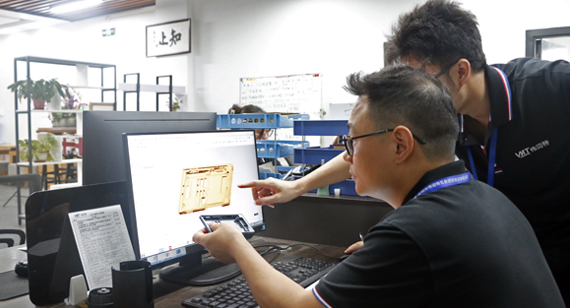
I. Optimization of Material Selection:
Choosing Appropriate Aluminum Alloys:
Selecting suitable aluminum alloy grades, such as 5052 or 6061, based on usage and processing requirements. These alloys exhibit good mechanical properties, corrosion resistance, and machinability.
Ensuring Material Quality:
Choosing high-quality materials to ensure the absence of impurities, bubbles, or defects, thereby improving the quality and performance of aluminum parts.

II. Designing the Machining Process Flow:
Removing the majority of material to preliminarily shape the blank. Attention should be paid to uniform material removal to facilitate subsequent machining.
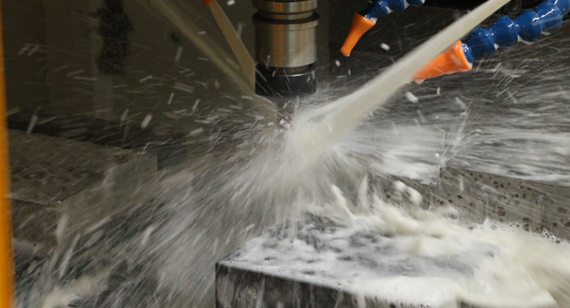
Intermediate Machining:
Further machining the aluminum shell to approach its final shape. Adjusting machining parameters at this stage to avoid overcutting or residual phenomena.
Finish Machining:
Completing the final machining to meet size and surface quality requirements. Control of cutting parameters is crucial to ensure the surface roughness meets specifications.
Conducting heat treatment on the aluminum shell as needed to enhance its mechanical properties and corrosion resistance. Choosing appropriate heat treatment processes, such as solution treatment or aging.
Performing surface treatment on the aluminum shell, such as anodizing or coating, based on requirements. Choosing suitable surface treatment methods to enhance the appearance and corrosion resistance of aluminum parts.
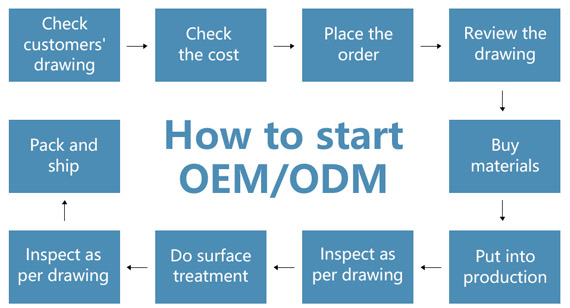
III. Optimization of Machining Parameters:
Cutting Speed:
Selecting appropriate cutting speeds based on aluminum material characteristics and tool types to enhance machining efficiency and reduce surface roughness.
Feed Rate:
Setting feed rates reasonably to ensure cutting process stability and reduce surface roughness. Balancing machining efficiency while avoiding overcutting or residual issues.
Cutting Depth:
Choosing suitable cutting depths to balance machining efficiency and quality. Excessive cutting depth may lead to increased tool wear and impact machining quality.
Tool Selection:
Selecting tool materials and types based on aluminum material characteristics and machining requirements. For example, using hard alloy tools for high-speed cutting and diamond tools for high-precision machining.
Coolant Usage:
Choosing the appropriate coolant type and concentration to ensure cutting process stability and improve surface quality.
IV. Equipment and Tool Management:

Precision Maintenance of Equipment:
Regularly inspecting and maintaining CNC machining centers to ensure equipment is in good condition, thereby improving machining precision and stability.
Tool Management:
Establishing a comprehensive tool management system, including procurement, acceptance, storage, issuance, and disposal. Ensuring tool accuracy and lifespan to reduce machining errors caused by tool issues.
Tool Life Management:
Implementing a tool life management system to track and record tool usage life. Timely replacing worn or damaged tools to avoid a decline in machining quality.
Equipment and Tool Maintenance Plan:
Formulating regular maintenance plans for equipment and tools, including cleaning, lubrication, inspection, and adjustment. Extending their lifespan and ensuring machining precision.
Safety Operation Procedures:
Developing and enforcing safety operation procedures to ensure the safety of operators and equipment. Strengthening employee safety training and education to enhance safety awareness and operational skills.
Fault Diagnosis and Resolution:
Establishing a fault diagnosis and resolution mechanism to promptly identify and resolve equipment malfunctions. Strengthening equipment fault recording and analysis to identify causes and implement preventive measures, reducing equipment failure rates.
Spare Parts Inventory Management:
Establishing a spare parts inventory management system to stock critical and vulnerable parts adequately. Ensuring the quality and suitability of spare parts to reduce the risk of production interruptions due to spare part shortages.
Technical Support and Training:
Providing technical support and training services to help operators master equipment operation and maintenance skills. Strengthening communication and cooperation with suppliers to obtain the latest technical support and training resources.
V. Process Monitoring and Inspection:
Real-time Monitoring:
Utilizing the real-time monitoring feature of CNC machining centers to observe the machining process in real-time, promptly identifying and resolving issues.
Online Inspection:
Conducting online inspections during the machining process, measuring tools to inspect dimensions and shapes of the aluminum shell. Ensuring machining precision meets requirements.
Post-Machining Inspection:
Conducting comprehensive inspections of the finished aluminum shell, including dimensions, shapes, and surface quality. Using high-precision measuring instruments such as coordinate measuring machines and surface roughness measuring devices to ensure the accuracy of inspection results.
Sampling Inspection:
Performing sampling inspections on finished aluminum shells based on production batch and quality control requirements. Evaluating overall machining quality through sampling inspections to avoid the occurrence of batch non-conforming products.
Quality Traceability:
Establishing a quality traceability system to record and identify each machining step. In case of quality issues, quickly tracing back to the source of the problem and implementing corresponding improvement measures.
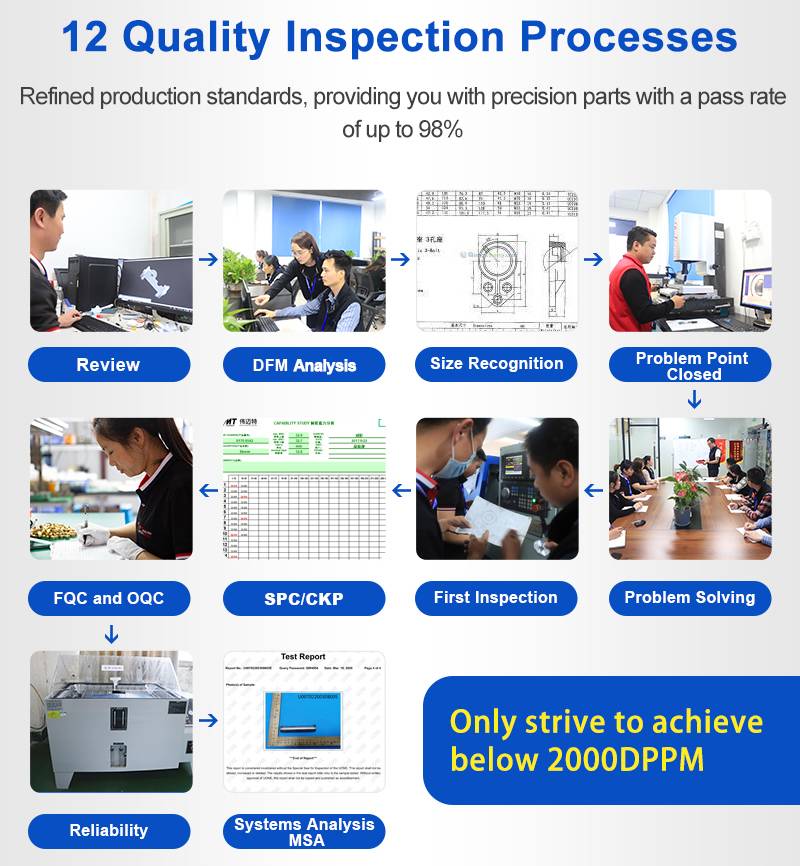
VI. Continuous Improvement and Innovation:
Data Analysis and Improvement:
Collecting data during the machining process and conducting in-depth analysis of machining parameters, equipment performance, and tool lifespan. Using data analysis to identify potential problems and formulate targeted improvement measures to enhance machining quality and efficiency.
Introduction of New Technologies:
Keeping abreast of industry new technologies and development trends, introducing new technologies into production practices. For example, incorporating new tool materials, machining processes, or equipment technologies to improve machining efficiency and reduce costs.
Quality Management System Construction:
Establishing a sound quality management system to ensure the effectiveness and compliance of quality management. Through regular internal audits and management reviews, continuously optimizing the quality management system to improve the level of quality management.
Training and Personnel Development:
Strengthening employee training and development to enhance the skill levels and quality awareness of operators. Encouraging employee learning and innovation through regular training and skill competitions.
Supplier Collaboration and Communication:
Strengthening collaboration and communication with suppliers to collectively improve the quality of raw materials and components. Using methods such as supplier assessments and technical exchanges to promote quality improvement and collaborative development with suppliers.
Customer Feedback and Communication:
Establishing an effective customer feedback mechanism to promptly understand customer needs and feedback. Formulating improvement measures and implementing them in the production process based on customer issues and suggestions. Improving customer satisfaction and loyalty.
Green Manufacturing and Environmental Protection:
Focusing on environmental protection and sustainable development in the production process. Using environmentally friendly materials and processes to reduce energy consumption and minimize waste emissions. Strengthening compliance with environmental regulations to ensure sustainable business development.
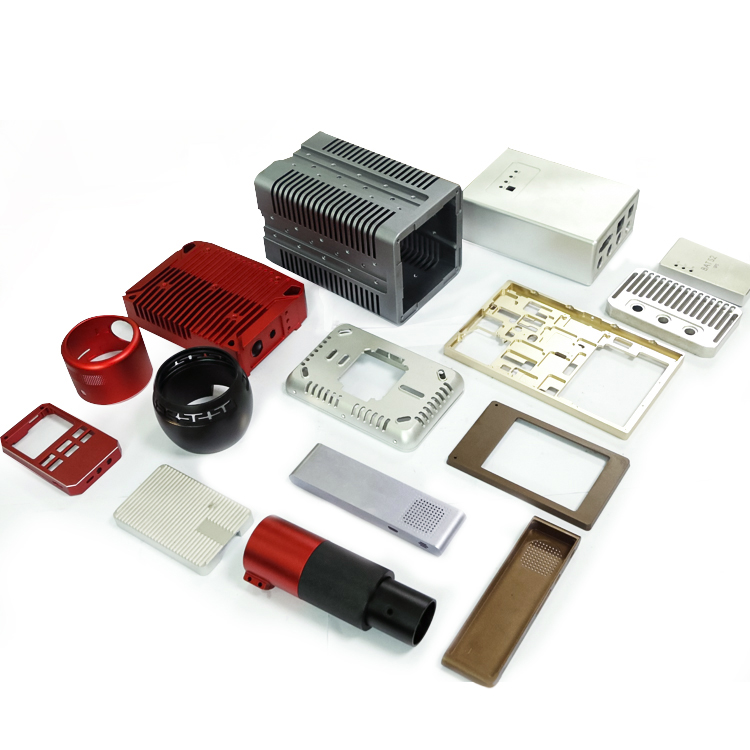
By implementing these measures, companies can effectively optimize the CNC machining process for aluminum shell parts, improving the quality and performance of aluminum components. This will contribute to enhancing the core competitiveness of the company and meeting the market demand for high-quality aluminum parts. Additionally, companies should stay attuned to industry dynamics and technological innovations, continually optimizing and refining process flows and management systems to adapt to the evolving market environment and development trends.
Ready To Start Your Next Project?
Get Instant Quote

Request a Free Quote
Send us a message if you have any questions or request a quote. We will get back to you ASAP!